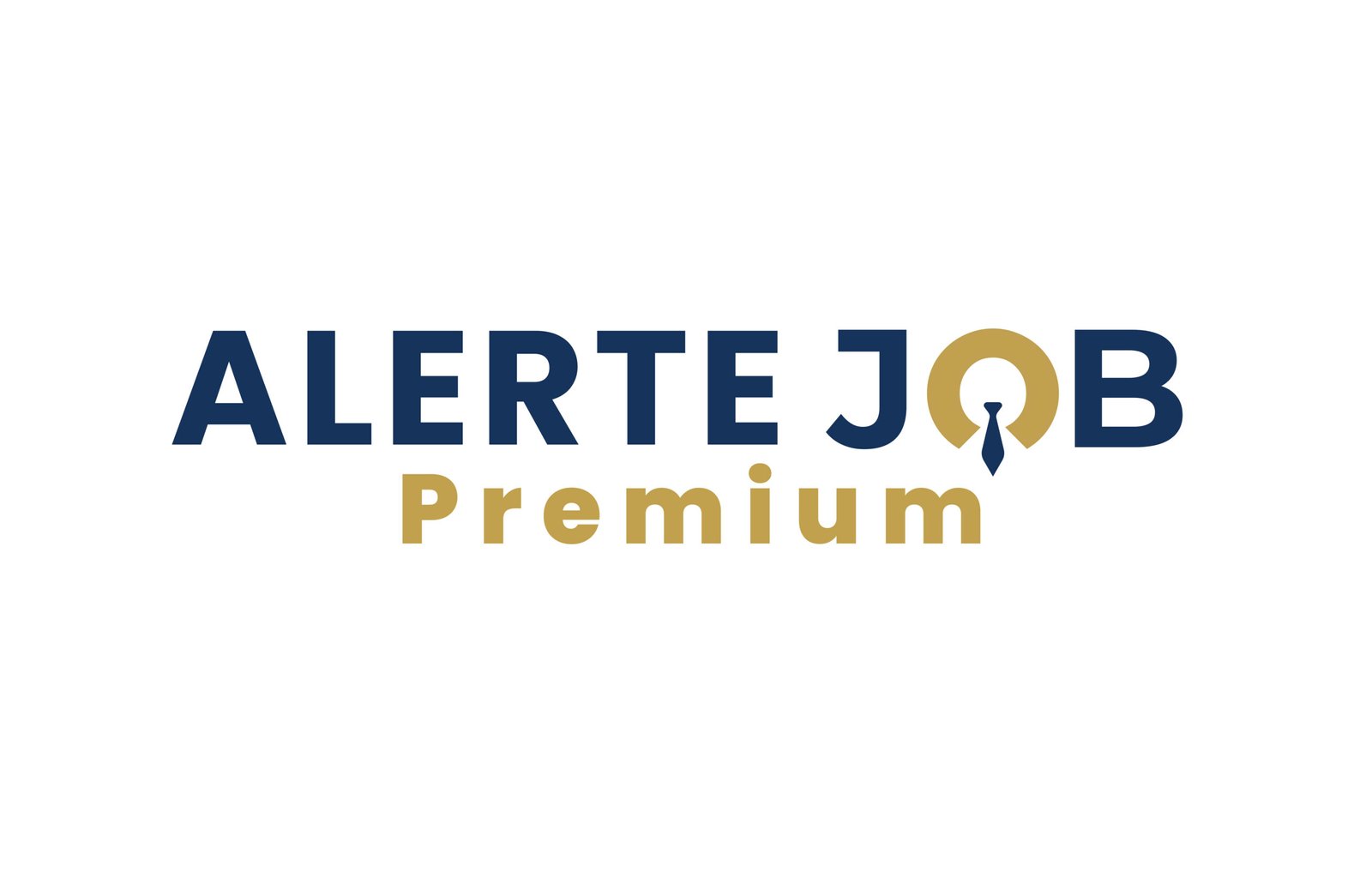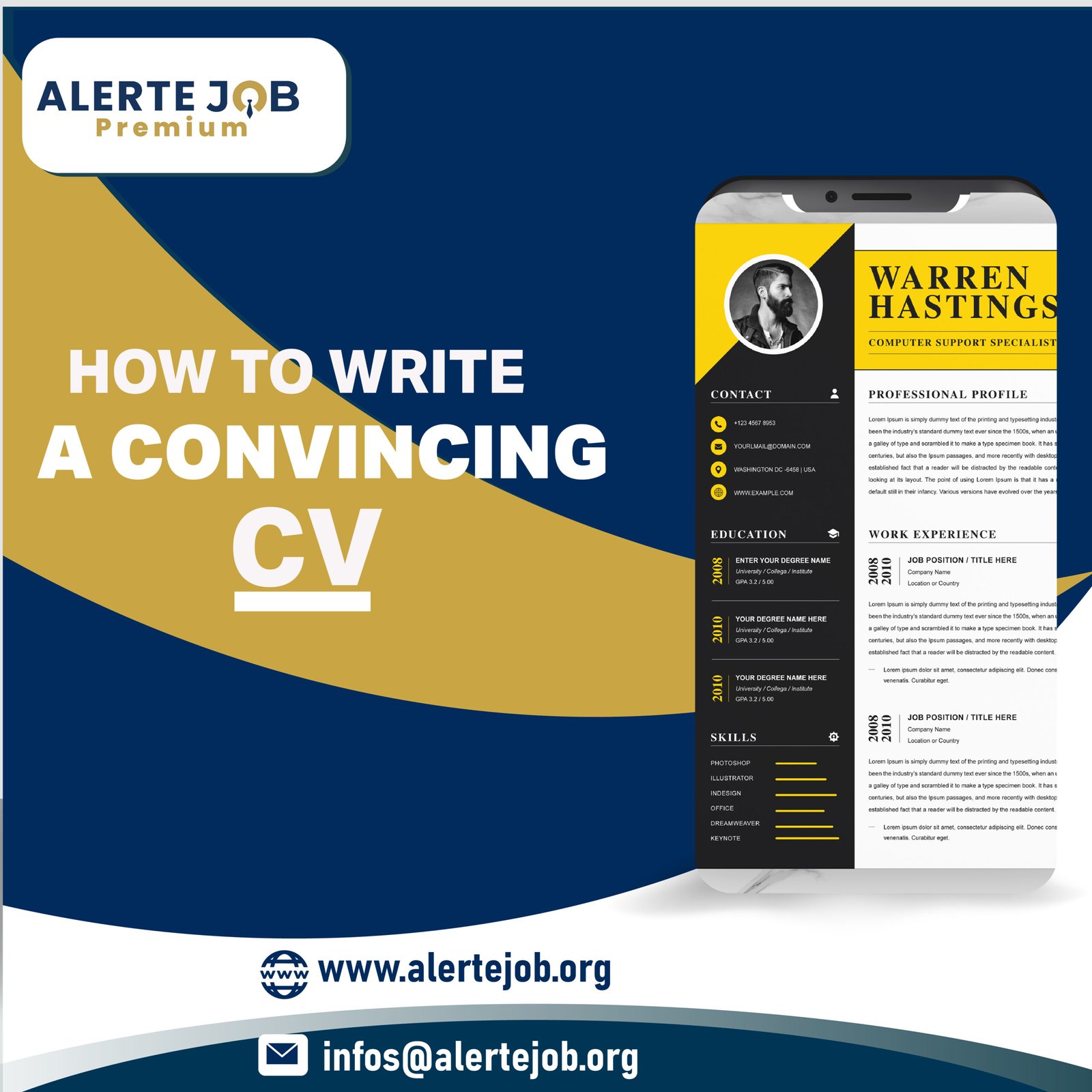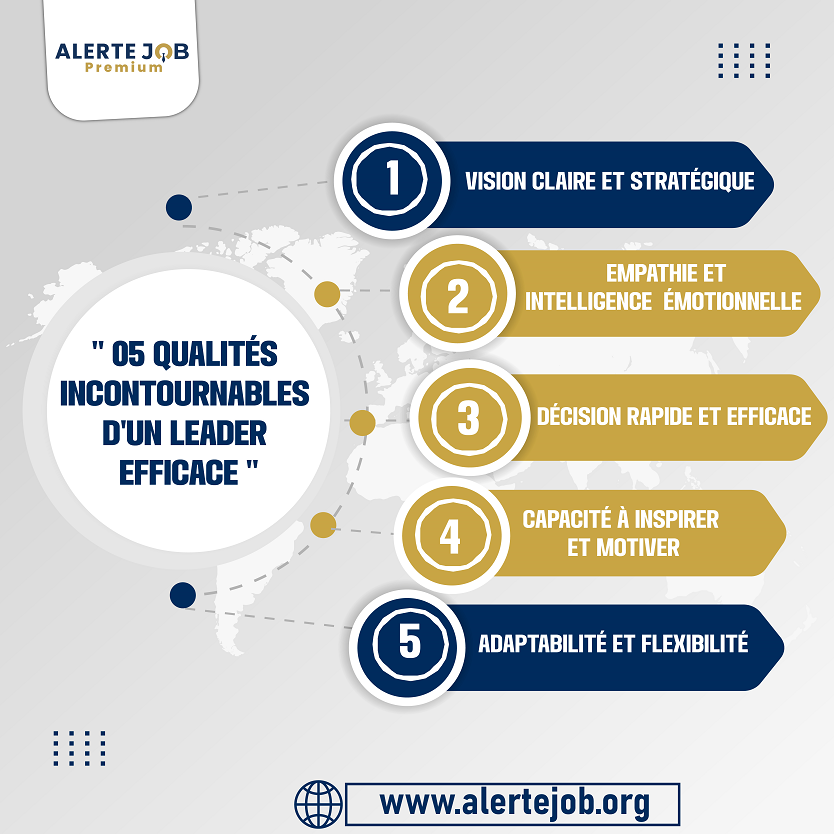HOW TO WRITE A CONVINCING CV
A compelling resume is your personal marketing tool that showcases your skills, experience, and potential. By following these steps, you can create a resume that not only stands out to employers but also effectively communicates why you are the ideal candidate for the job.
- Tailor your resume to the job
Customize your resume for each job application. Carefully read the job description and highlight the skills and experiences that are most relevant. Use the same keywords found in the job posting to ensure your resume aligns with what the employer is looking for. This tailored approach can help you pass through Applicant Tracking Systems (ATS) that screen resumes based on specific criteria.
- Choose the right resume format
Select a resume format that best showcases your strengths:
- Chronological: Ideal if you have a strong work history in a single field.
- Functional: Focuses on skills and experiences, suitable for those changing careers or with gaps in employment.
- Combination: Blends both skills and a chronological work history, great for highlighting specific accomplishments.
- Start with a strong summary or objective
Begin your resume with a professional summary or career objective that clearly states who you are, your key strengths, and what you’re looking for in your next role. This section should be concise and impactful, immediately capturing the reader’s attention.
Example: « Results-driven marketing professional with over five years of experience in developing and executing innovative campaigns. Proven track record of increasing brand awareness and driving sales growth. Seeking a challenging role in a dynamic organization where I can apply my strategic skills and creative mindset. »
- Highlight key skills
Include a skills section that lists both hard and soft skills relevant to the job. Hard skills are specific, teachable abilities, such as proficiency in a software program or a foreign language, while soft skills are personal attributes like communication, leadership, and problem-solving.
Example:
- Hard Skills: SEO, Google Analytics, Excel, Python, Project Management
- Soft Skills: Team Collaboration, Leadership, Adaptability, Critical Thinking
- Showcase your experience with action verbs and quantifiable achievements
When describing your work experience, start each bullet point with a strong action verb (e.g., “Led,” “Managed,” “Developed,” “Increased”) and focus on your accomplishments rather than just your duties. Quantify your achievements wherever possible to provide a clear picture of your impact.
Example:
- « Managed a team of 10 sales representatives, leading to a 25% increase in quarterly sales. »
- « Developed a content strategy that boosted website traffic by 40% in six months. »
- Include relevant education and certifications
List your educational background and any relevant certifications. Include the degree earned, the institution’s name, and graduation date. If you’re a recent graduate or have limited work experience, place the education section above work experience.
Example:
- Bachelor of Science in Business Administration
XYZ University, Graduated May 2020 - Certified Digital Marketing Professional (CDMP)
Digital Marketing Institute, 2021
- Add Additional Sections if Relevant
Consider adding sections for professional development, volunteer experience, publications, or projects if they are relevant to the job. These sections can help demonstrate a well-rounded background and a commitment to continuous learning.
- Keep it concise and error-free
Your resume should be clear, concise, and free of any grammatical or spelling errors. Aim for a one-page resume if you have less than 10 years of experience; two pages are acceptable for more seasoned professionals. Use bullet points for easy readability and stick to a professional font and layout.
- Format for readability and professionalism
Use consistent formatting throughout your resume. Employ bold, italics, and underline sparingly to highlight key information, and ensure there is plenty of white space to make the document easy to read. Save and send your resume as a PDF to preserve its formatting.
- Include a professional online presence
If relevant, include a link to your LinkedIn profile or a personal website. Ensure that your online profiles are professional and consistent with the information in your resume.




